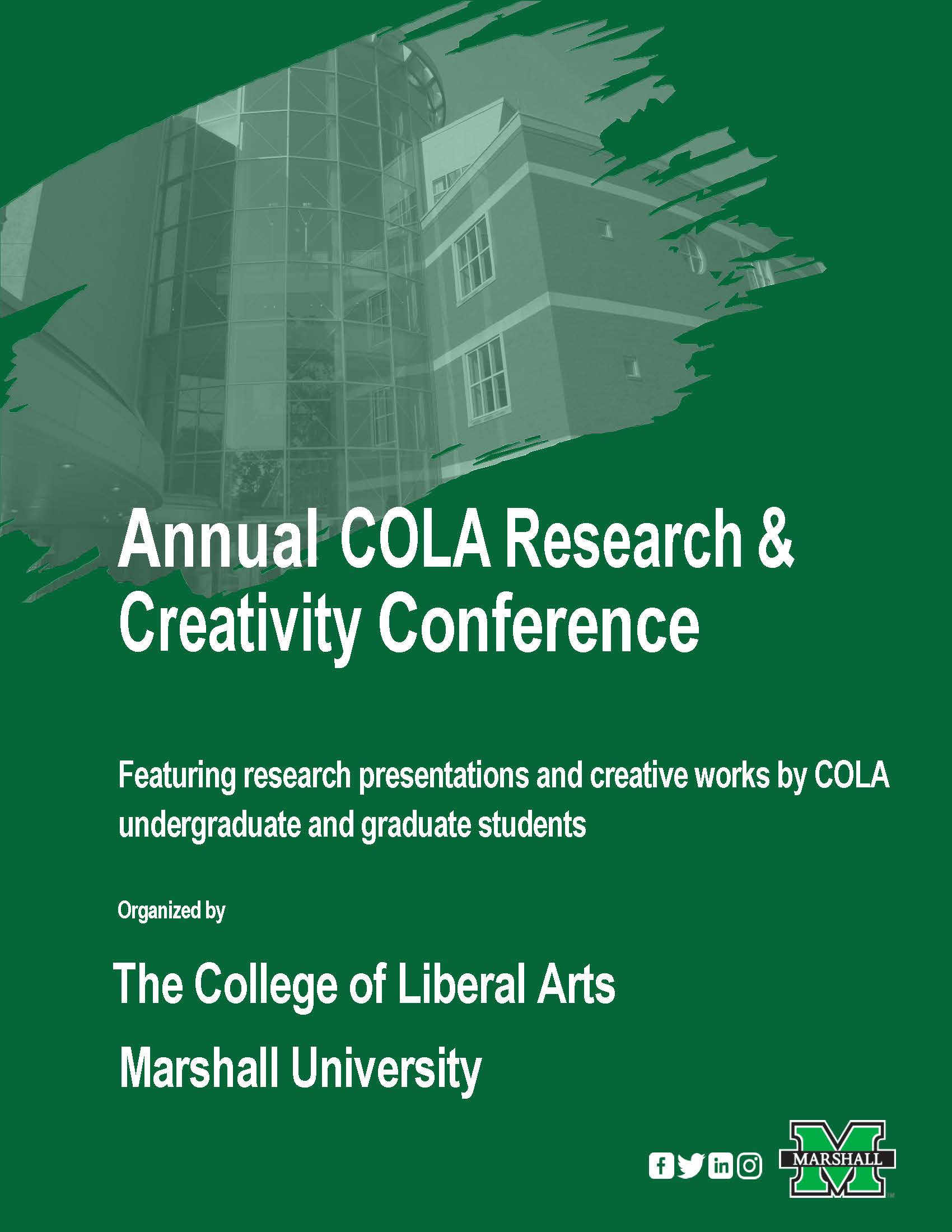She Can Be Seen: The Inescapable Monstrosity of the Feminine and the Corpse in Sophocles' Antigone
Document Type
Panel Presentation
Start Date
20-4-2018 2:00 PM
End Date
20-4-2018 3:15 PM
Keywords
womanhood, tragedy, miasma, femininity, incest, corpse, monstrosity, classics
Biography
Courtney Shrewsberry is majoring in both Classics and Latin, with minors in Greek and Religious Studies. Her interests include the representation of women during the classical period, and the nature of the horrifying in antiquity.
Major
Classics
Advisor for this project
Dr. Christina Franzen
Abstract
“She Can Be Seen: The Inescapable Monstrosity of the Feminine and the Corpse in Sophocles' Antigone” is a comparative explication of Antigone’s final monologue, and the revelation of Eurydike’s newly dead corpse. The latter image serves as a monstrous illustration of the first. Within the paper, I argue that Antigone’s monologue is the horrifying, hallucinatory lamentation of a woman who lacks any sense of social integrity or stability, and that this lack of integrity is induced by the liminality and consequent miasma inherent to the obligations of performative womanhood in fifth century Athens. This paper puts the monologue into conversation with the image of Eurydike’s bloodied remains. It then discusses the power of the corpse as a divine omen, femininity as it relates to mortality, and the inescapably maddening nature of womanhood in the time of Sophocles.
She Can Be Seen: The Inescapable Monstrosity of the Feminine and the Corpse in Sophocles' Antigone
“She Can Be Seen: The Inescapable Monstrosity of the Feminine and the Corpse in Sophocles' Antigone” is a comparative explication of Antigone’s final monologue, and the revelation of Eurydike’s newly dead corpse. The latter image serves as a monstrous illustration of the first. Within the paper, I argue that Antigone’s monologue is the horrifying, hallucinatory lamentation of a woman who lacks any sense of social integrity or stability, and that this lack of integrity is induced by the liminality and consequent miasma inherent to the obligations of performative womanhood in fifth century Athens. This paper puts the monologue into conversation with the image of Eurydike’s bloodied remains. It then discusses the power of the corpse as a divine omen, femininity as it relates to mortality, and the inescapably maddening nature of womanhood in the time of Sophocles.




